The ability to immigrate is one of the greatest strengths humans have to diversify the world’s seven distinct continents. The exchange of ideas and knowledge through the migration of people between Western and Eastern hemispheres has been essential to the collective evolution of mankind. Furthermore, there is something unique about the city of St. Louis, with a history of being home to diverse immigrant populations since European contact in the 16th century.
The indigenous people of St. Louis were a collective of twelve Native American tribes: the Kaskaskia, Cahokia, Peoria, Tamaroa, Moingwena, Michigamea, Chepoussa, Chinkoa, Coiracoentanon, Espeminkia, Maroa and Tapouara.
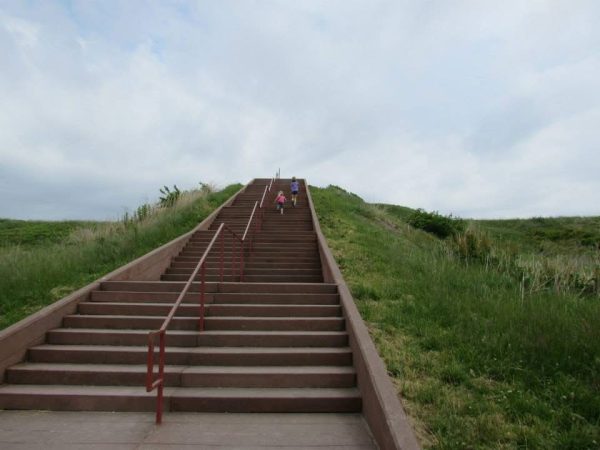
These people built various dirt mounds in St. Louis, giving the now-metropolitan area the nickname “Mound City.” These mounds are believed to have served as burial sites and hosted religious ceremonies. In 1852, Big Bound (the largest at 34 feet high) was demolished to make way for the city’s development. Inside were two chambers with 32 burials. Of the estimated original 120 mounds, 80 mounds remain today.
In 1764, the city became a fur trading post for French explorers when King Louis XV of France established a presence in the region to harvest raw materials. Nearly half a century later, in 1803, President Thomas Jefferson purchased the Louisiana Territory from France. For the French colonists in St. Louis, the newly immigrating populations were American-born colonists and the English.
By 1850, 43% of all St. Louisans were born in Ireland or Germany, lured to Missouri by romanticized descriptions of what became the “American Rhineland.” The increased need for factory workers in the 1870s would attract another wave of immigration from Southeastern Europe. In the 1890s, Italian immigrants came to work for the city’s clay mines around the Fairmount area. Since the threat of communist oppression in the 1970s, a majority of immigrant populations have come from Southeast Asia, Haiti and the Caribbean. St. Louis’ immigration population continues to increase and the International Institute identifies at least one hundred ethnic groups in the area.
Today, immigration stories are all around us. On campus, we’re surrounded by students with harrowing and inspiring stories of educational journeys. One of these stories comes from UMSL student and writer for The Current, Namita Patel.
Patel spent her first 40 years in India before emigrating to Canada.
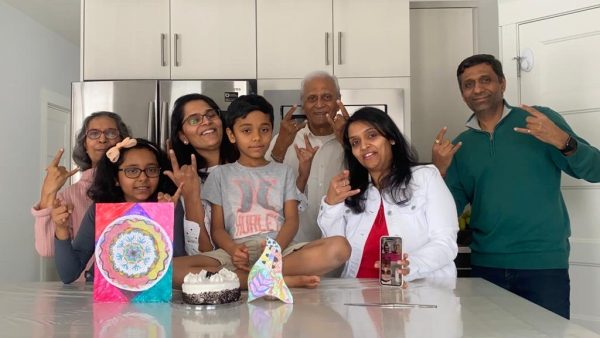
“Looking back on the six years I spent in Canada, living with my real brother and his family was the most precious time.”
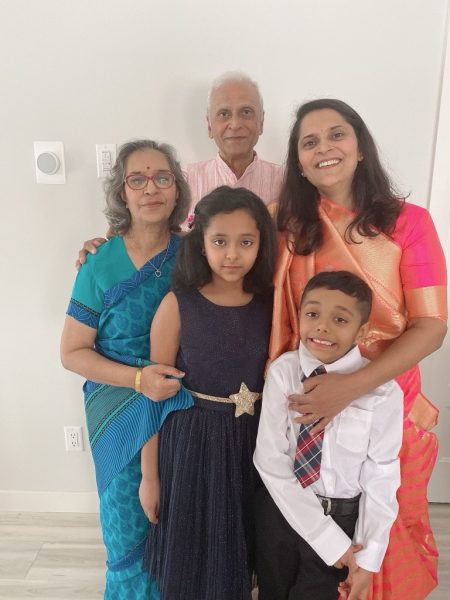
During this time, Patel describes developing her artistic and personal skills alongside her mother and cherishing family time. In this environment, she nurtured a deeper spiritual connection with her inner self. Patel’s next chapter saw her embark on a four-year journey to the United States, which began as an unexpected love story.
“I mean, I did not plan to do this. I met him, we found each other interesting and we wanted to get married.”
COVID-19 complicated her visa application process, forcing Patel to wait it out, which she says was the most challenging part of the process. But when her husband faces a serious accident, she is granted one month in the United States under an emergency visa. After some time, she was able to complete her immigration process and come back to the US. When asked to share her best advice for others going through a similar process, she suggests they “plan, research and get to know as much as one can.” Ultimately, Patel feels the need for modifications to the visa process as her marriage “was really at stake,” due to the forced long-distance.
Despite the longer and more complicated journey than expected, Patel expressed continuous excitement about being in St. Louis and studying at UMSL.
“The company that I worked for after I got my first job had directors who were volunteering for UMSL in a board position, that is what inspired me to pick UMSL. I believe in learning at any stage. Even though I finished my graduation 20 years ago, I still feel like I need to learn more every single day. If this UMSL course keeps me going with my goals and mission, then I love it,” says Patel.
Now, having obtained a multicultural education, Patel discussed some of the differences in her higher education experiences in India and the United States. In 2005, Patel completed an online journalism course in India. Twenty years later, Patel notes that the most significant difference between schooling in India in 2005 and the United States in 2025 is access to the internet and AI tools.
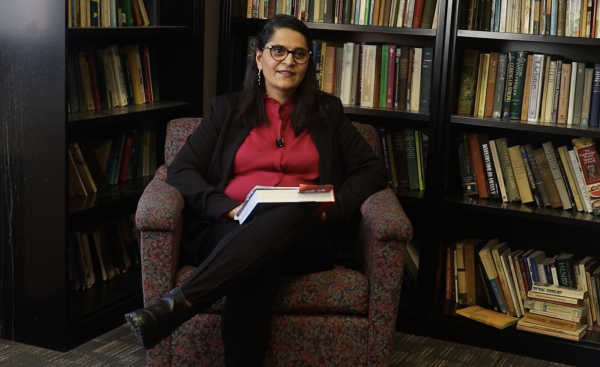
Patel says, “I felt that without the internet, we could do a lot; whereas with the internet, I think we do ten times more. We have more opportunities to look at how people think about journalism, what we should write, how we should write and I think AI plays a good role in improving some of our thoughts.”
Patel expressed her passion for education and how it’s brought her comfort in unfamiliar places. “I mean, studying is more than doing a job. I feel like it’s really a home for me, the University, the professors and the teachings that they give.”
In working towards her writing certification course, Patel came across Humans of St. Louis while searching for an internship. The platform has been sharing people’s stories here for over ten years and Patel recently wrote an article about the organization here at The Current.
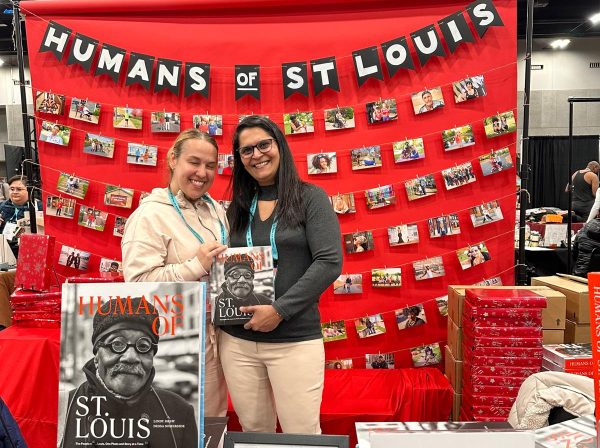
“What I am actually doing with them is helping them find new collaboration opportunities. Right now, 145,000 people know about Humans of Saint Louis, but we want to grow our network. I am helping them with my experience in branding and communication. That’s what we want to spread to people. Share your stories because it’s the best way to get to know how the people are here. It’s such a fascinating thing to learn about the people in St. Louis.”
Patel’s passion for learning and skillful storytelling are just a couple of reasons why she’s a perfect fit for Humans of St. Louis and The Current. With her openness, wealth of knowledge and experiences, Patel brings valuable talents to UMSL, St. Louis and the country.

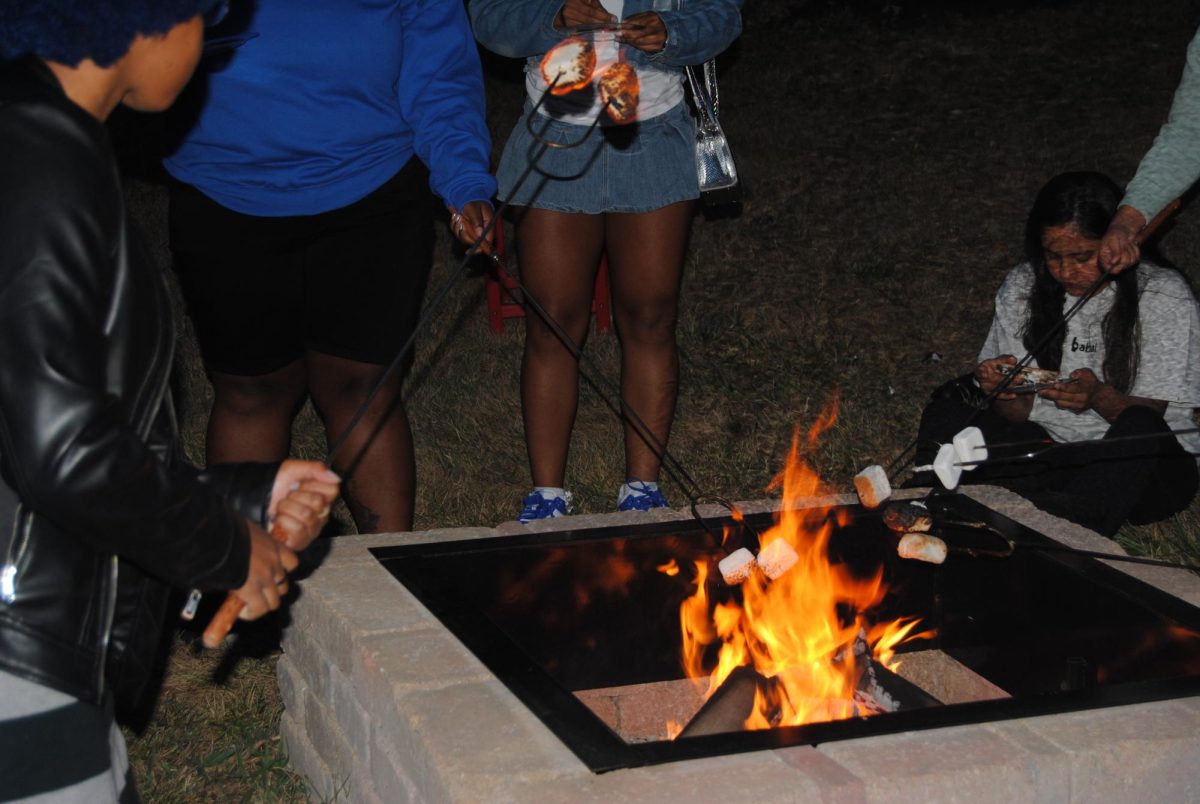
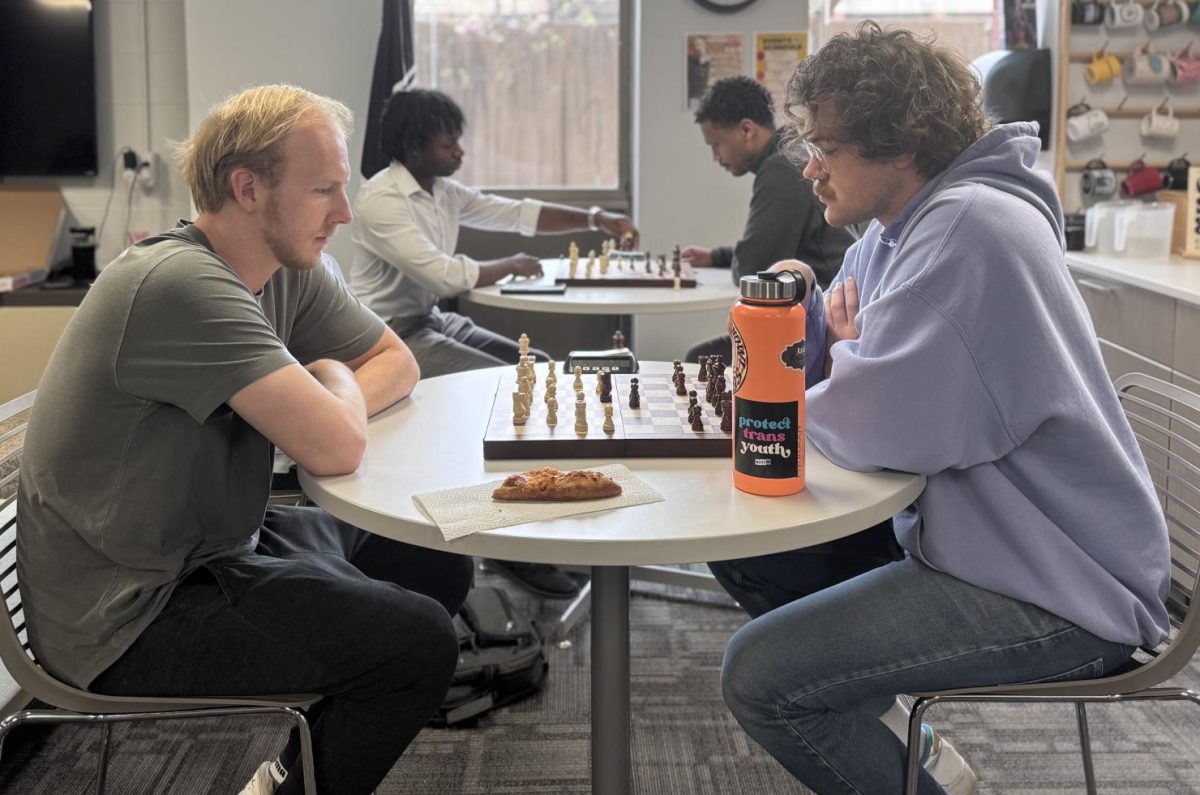

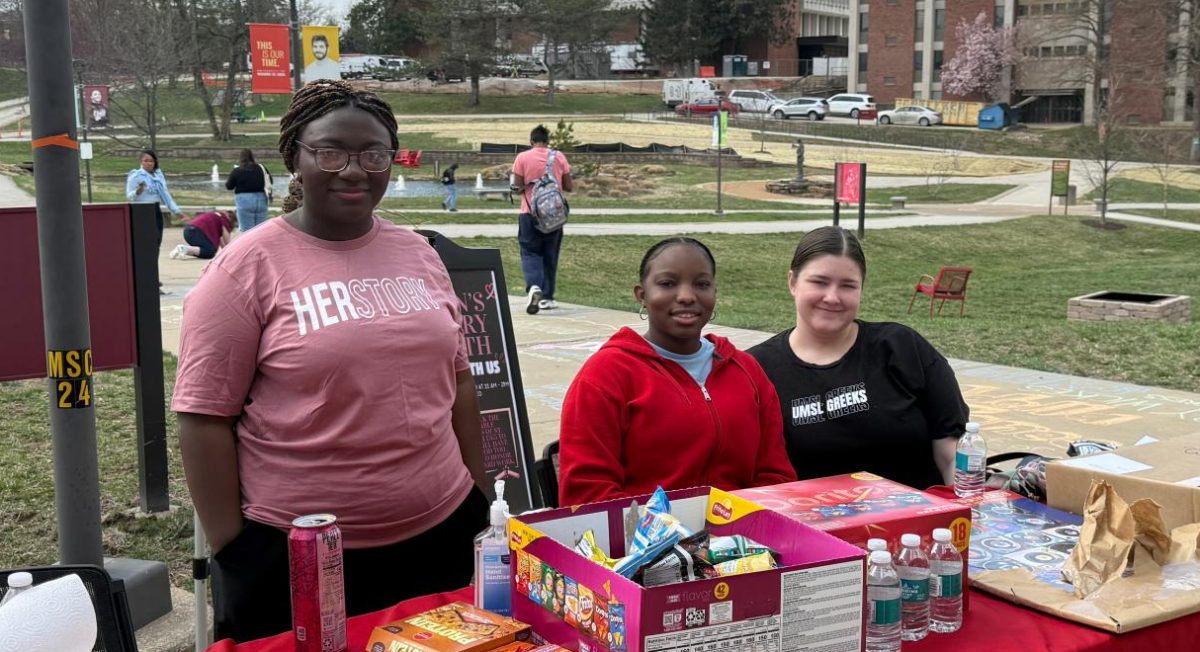
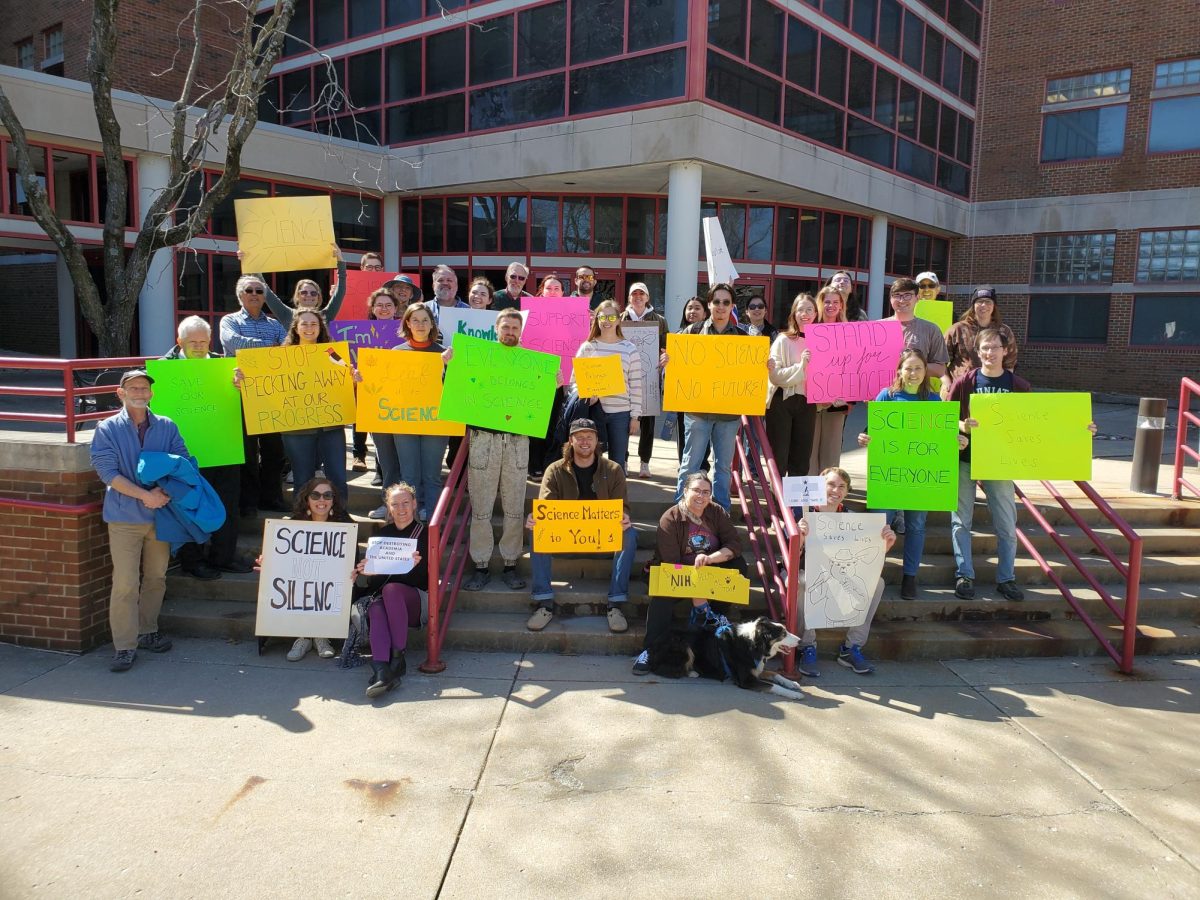
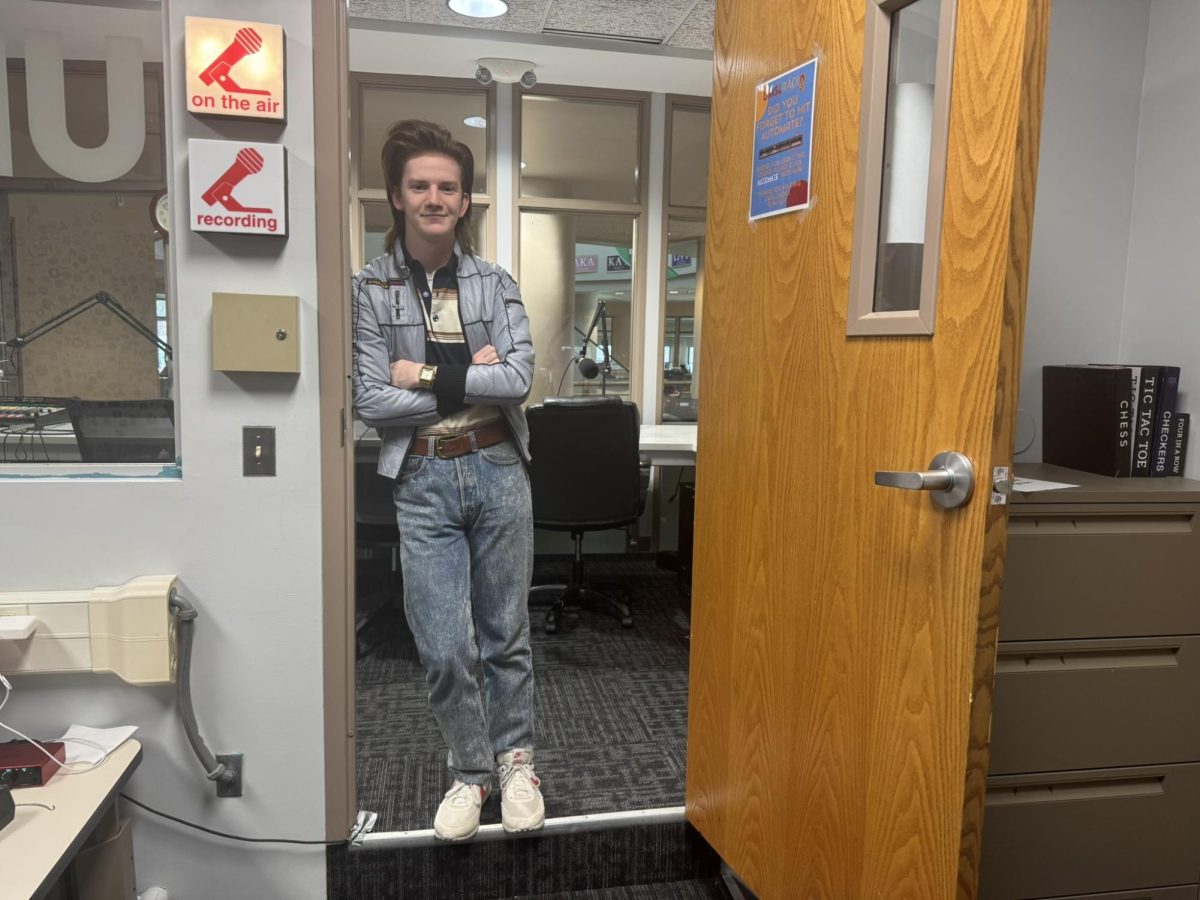

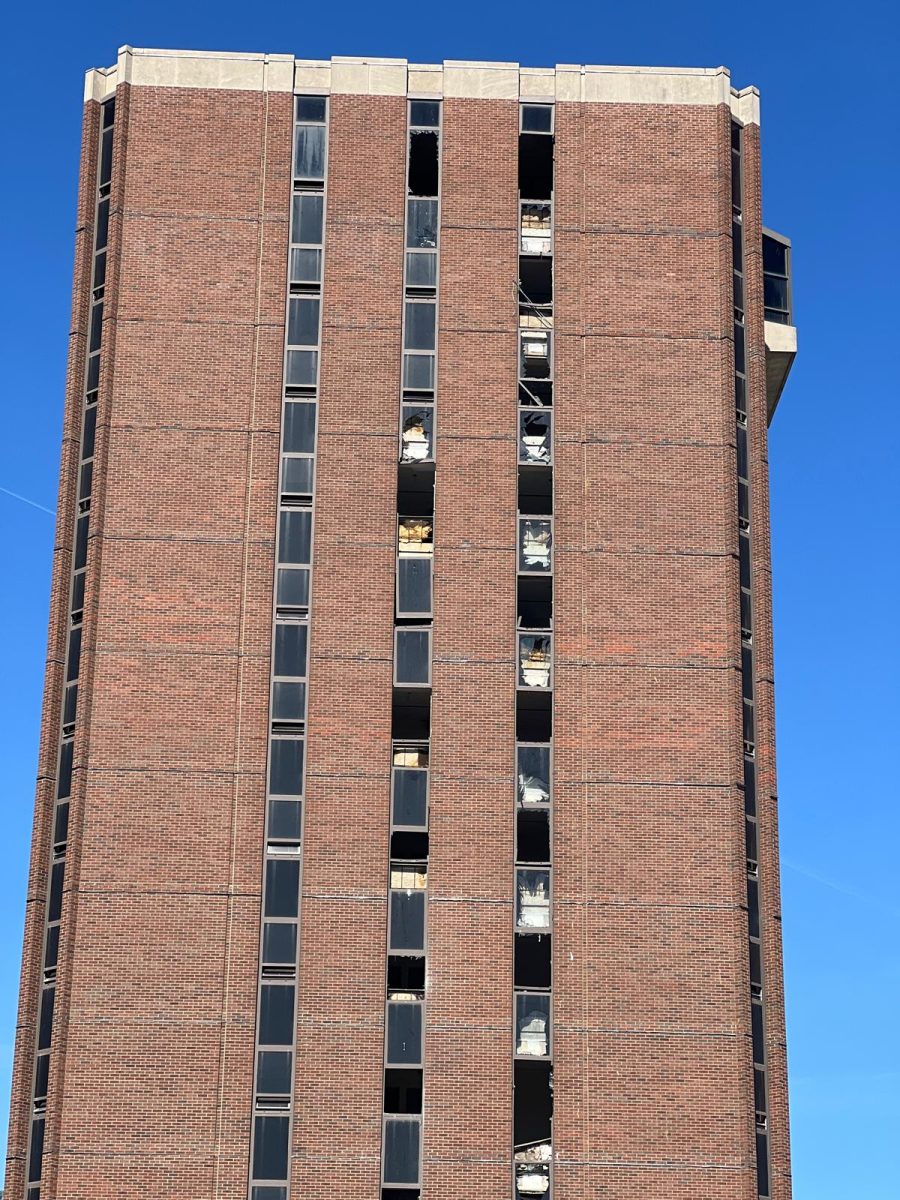
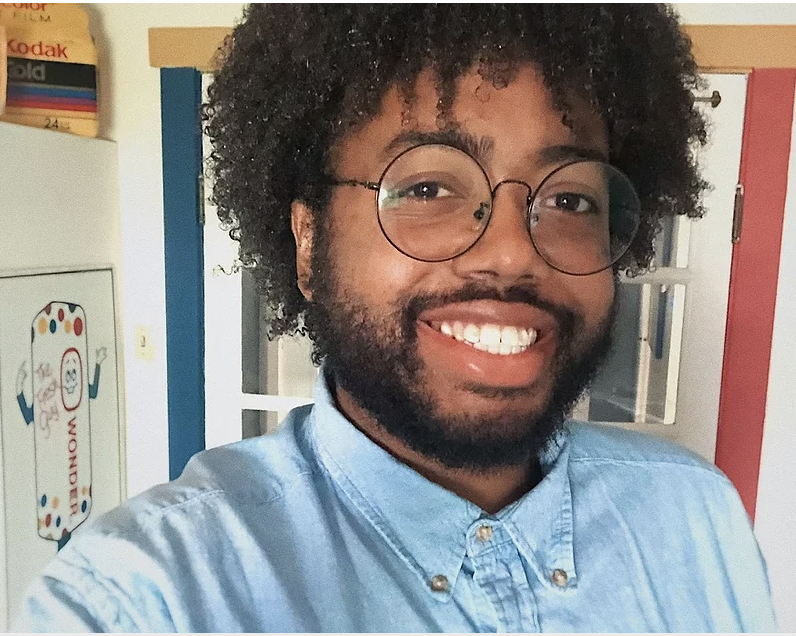
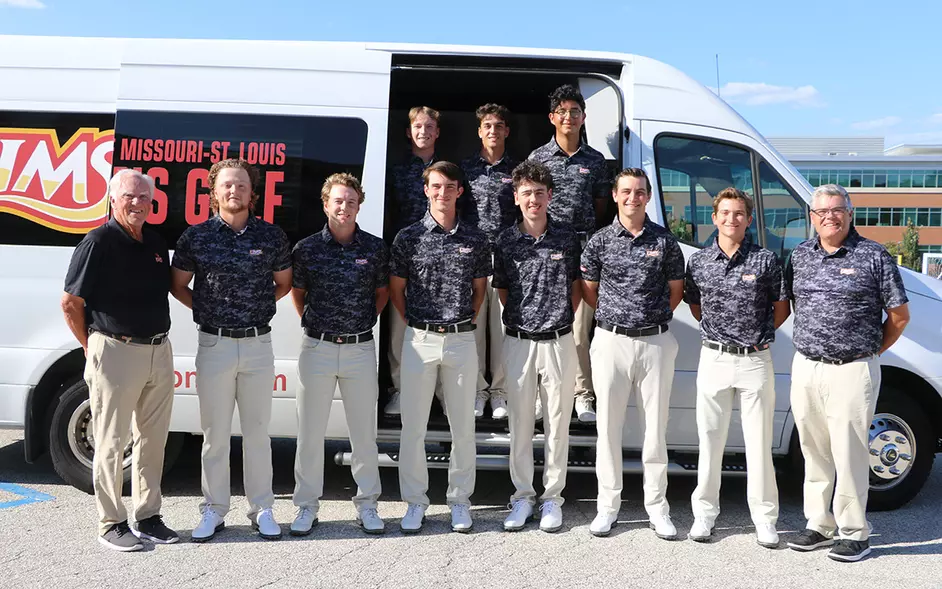
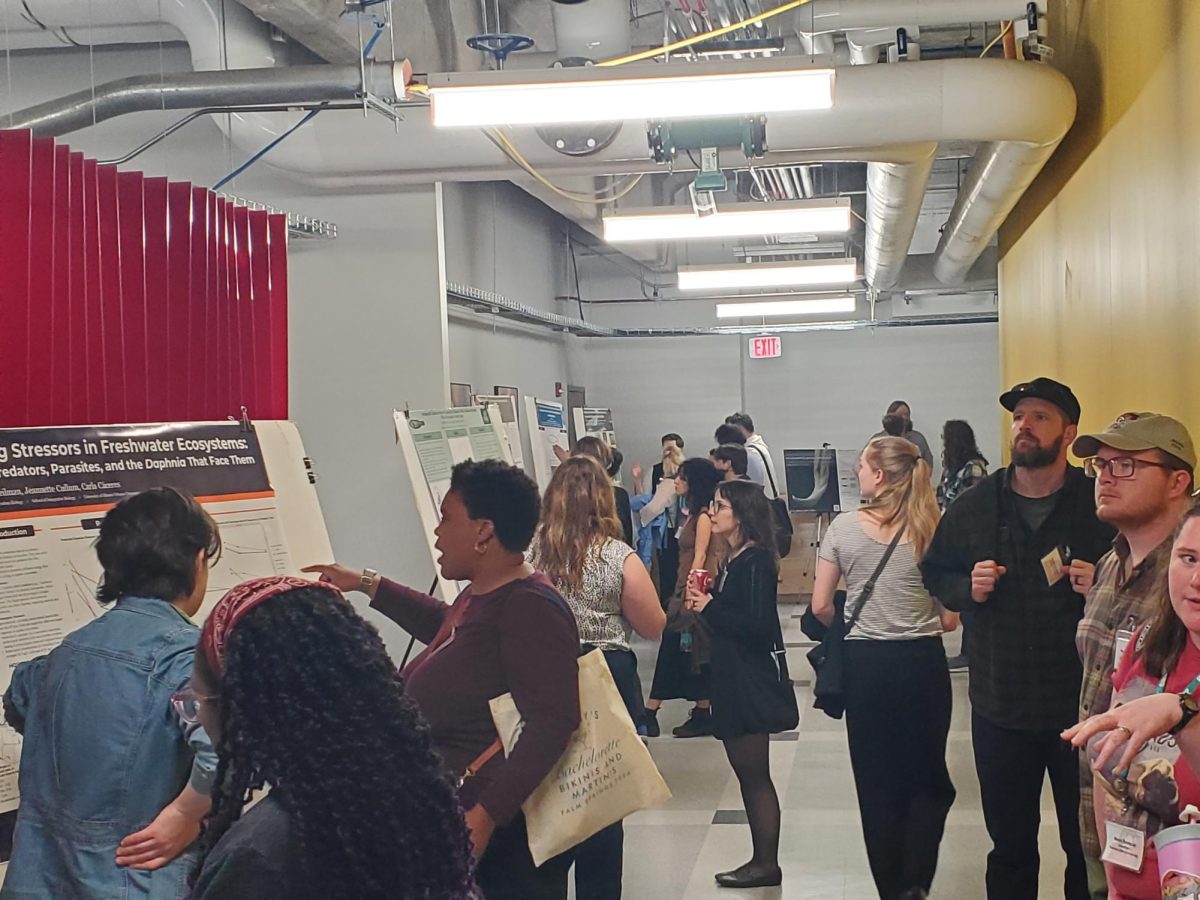

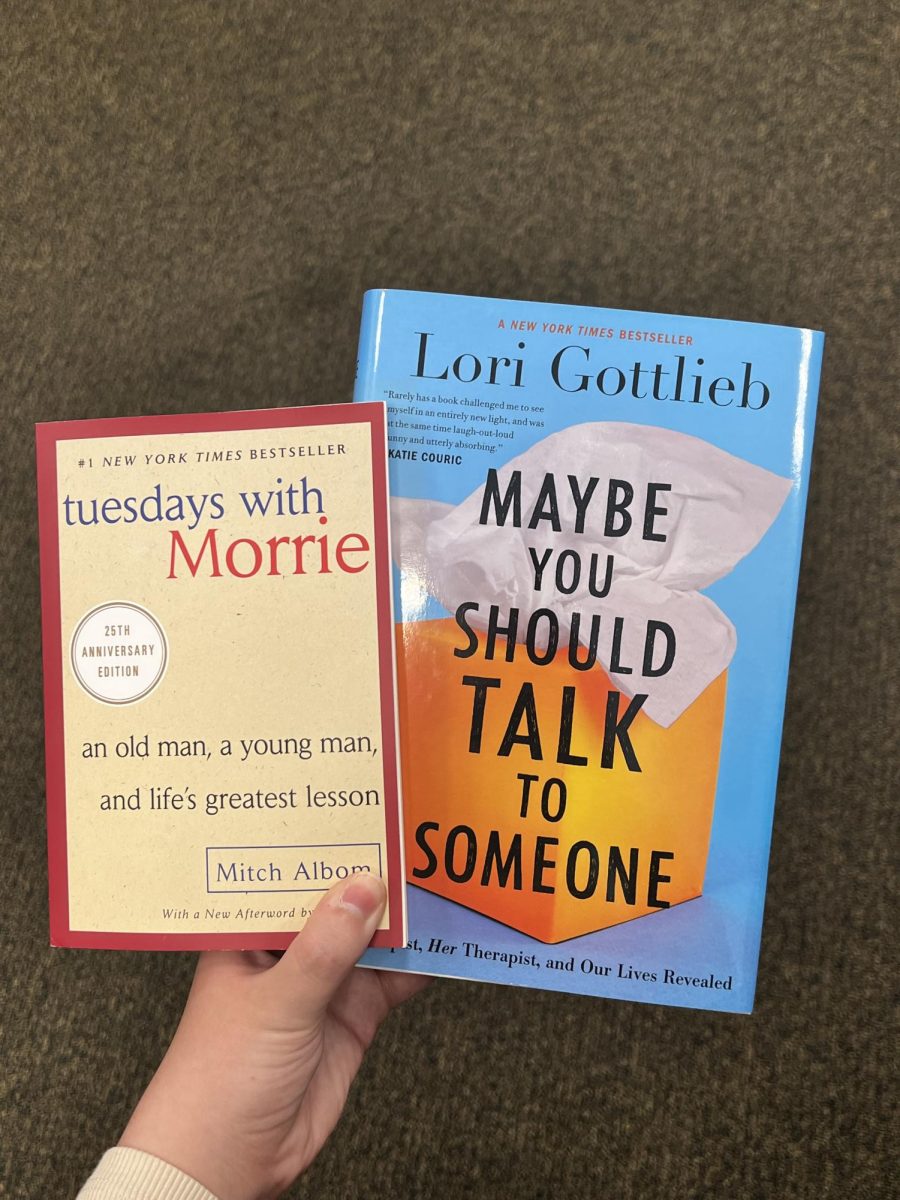


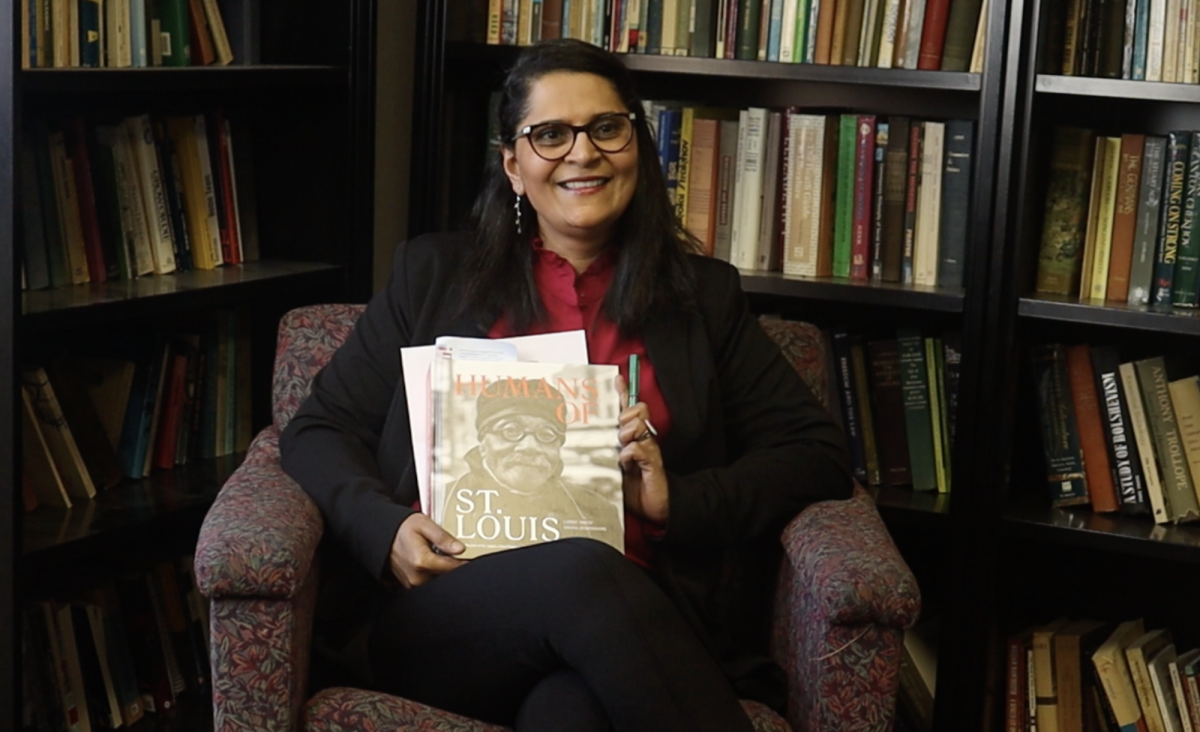
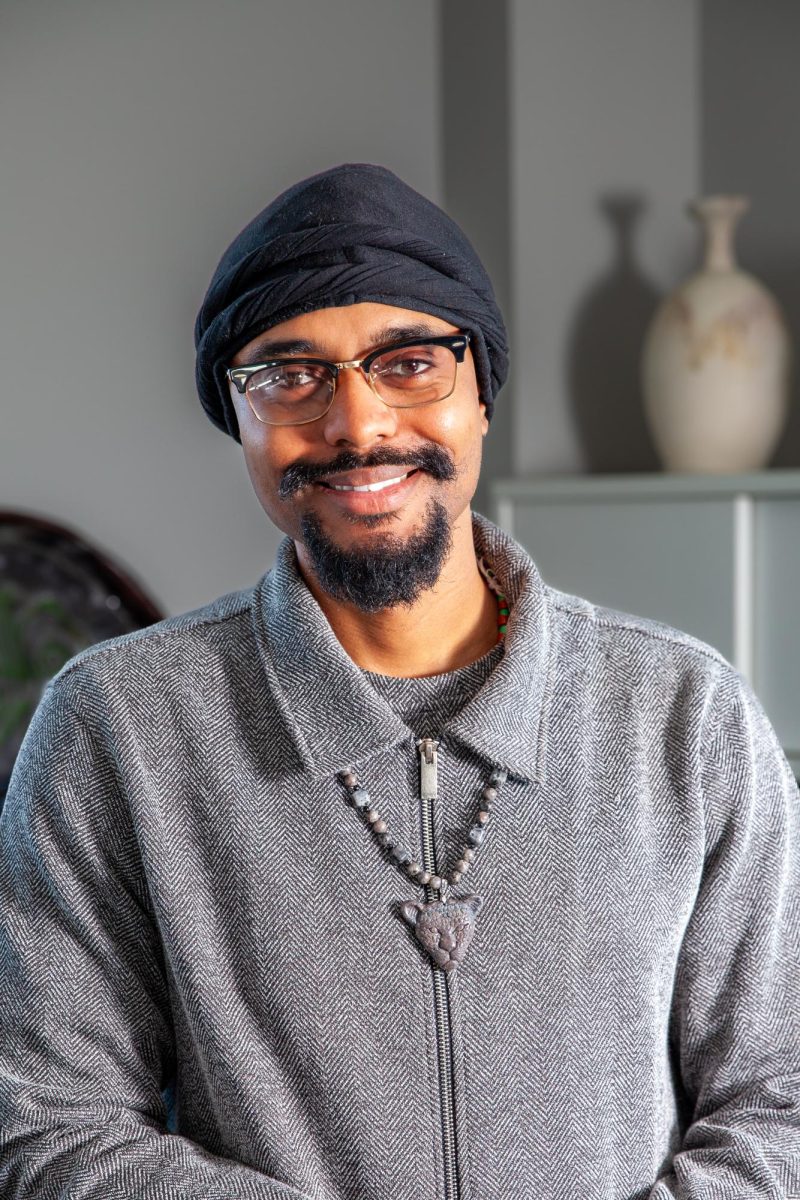
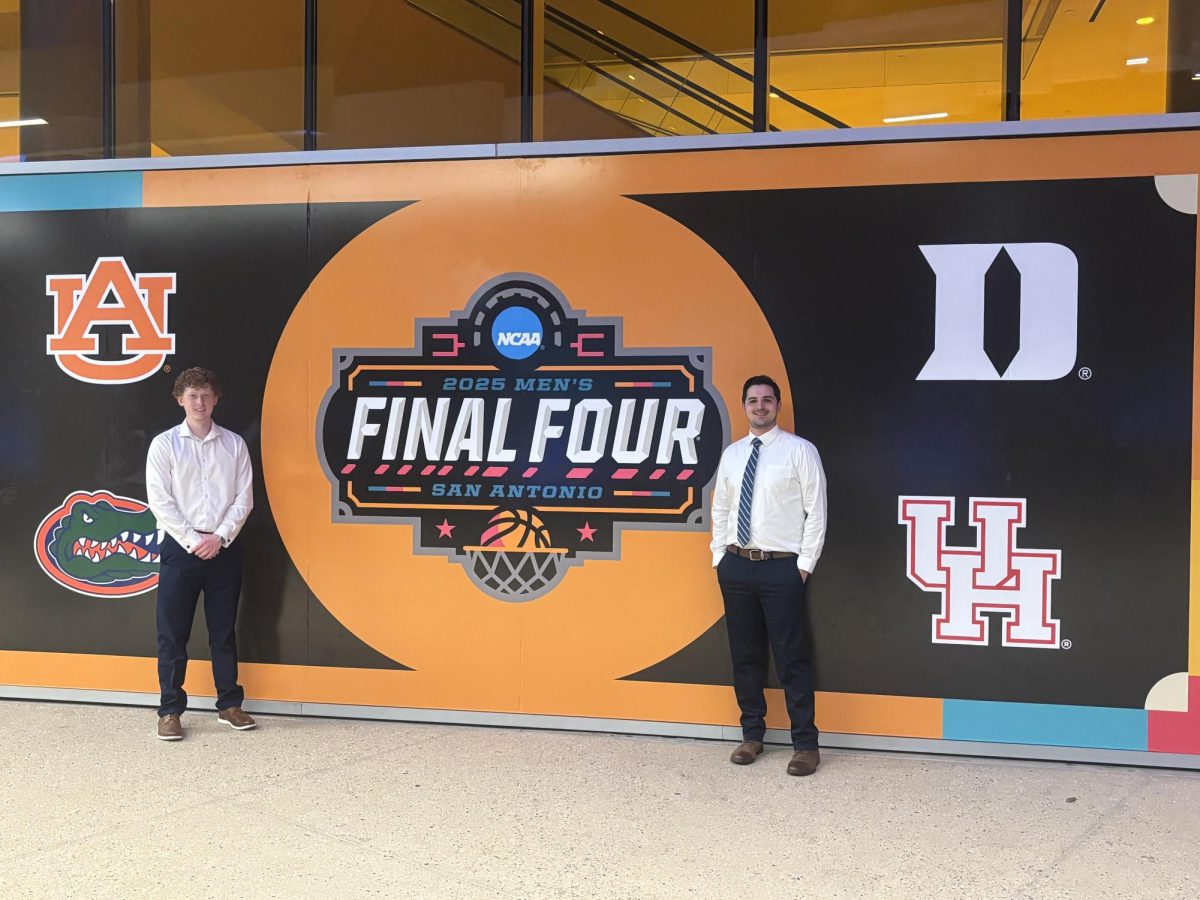
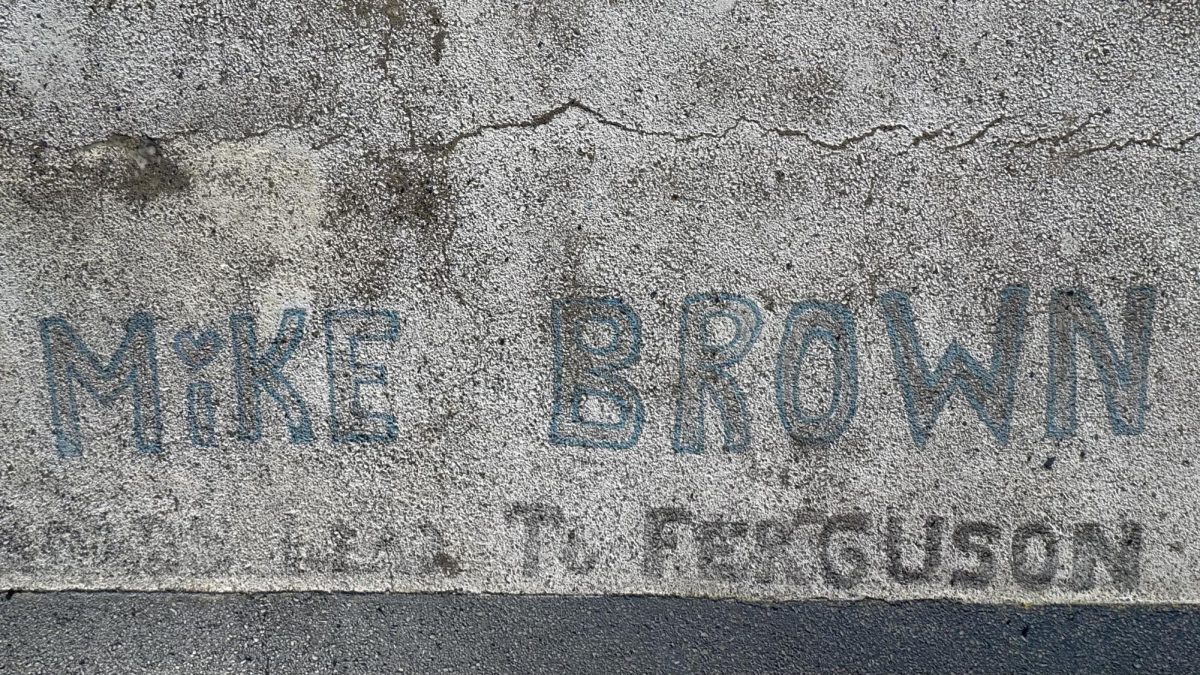
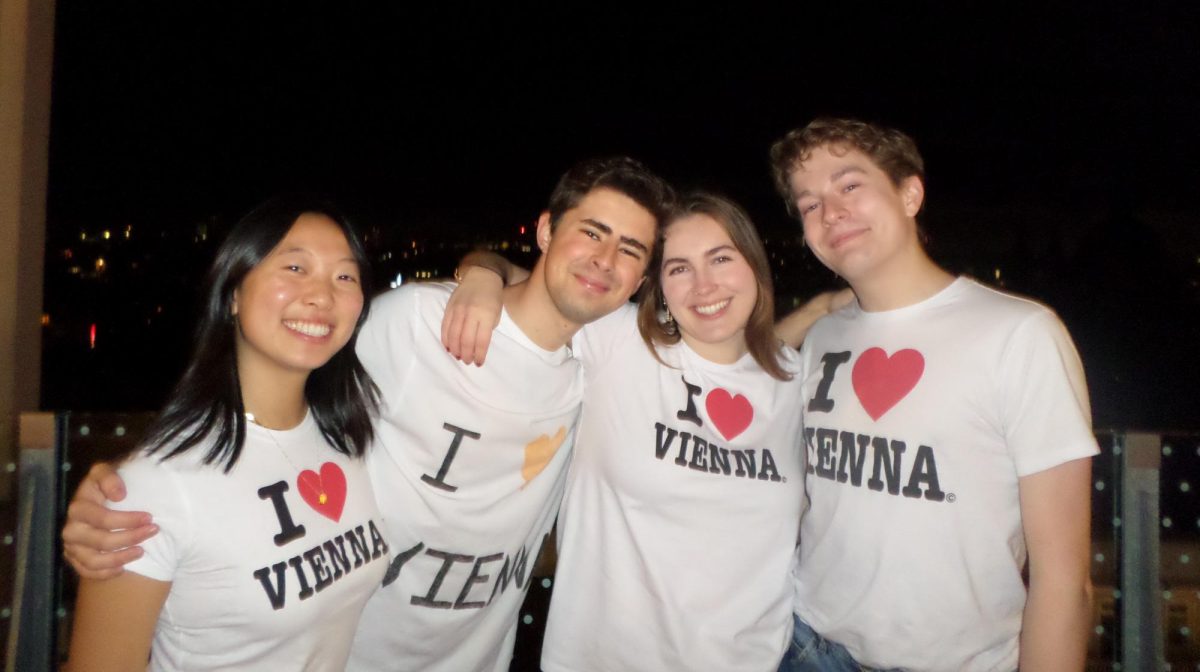

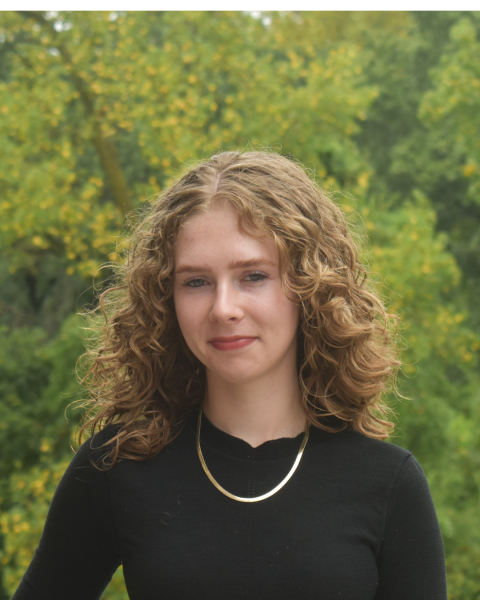
Rajesh Dani • Jul 21, 2025 at 1:14 pm
An exceptional case and real examplary. Very inspiring story of Namita gives avenues to the immigrants.